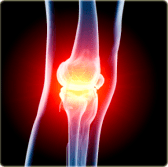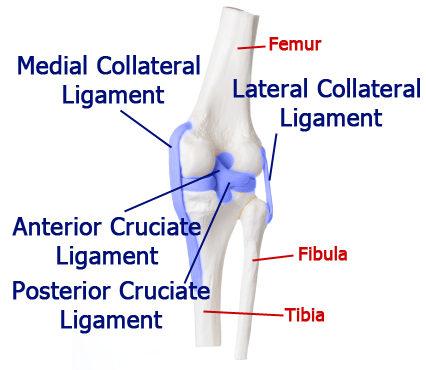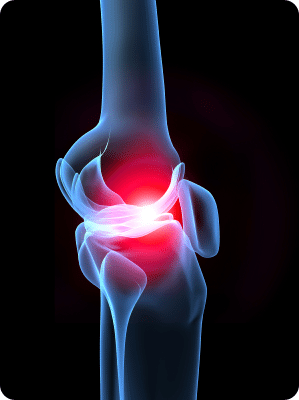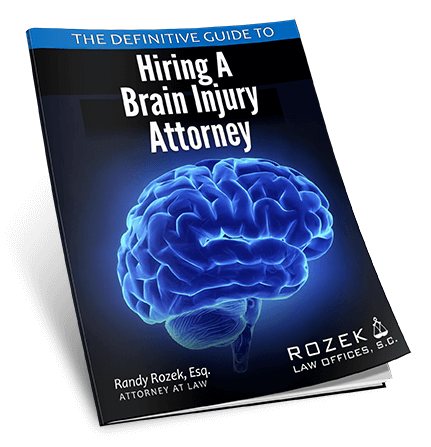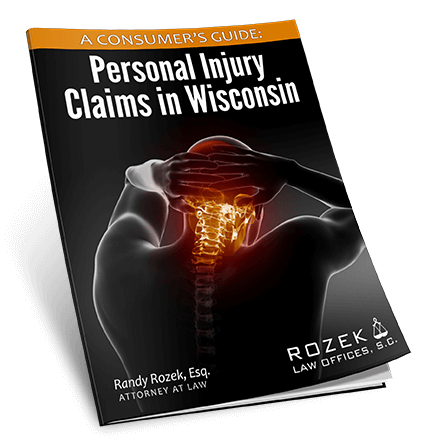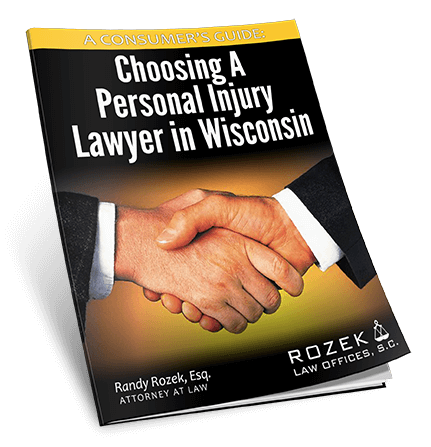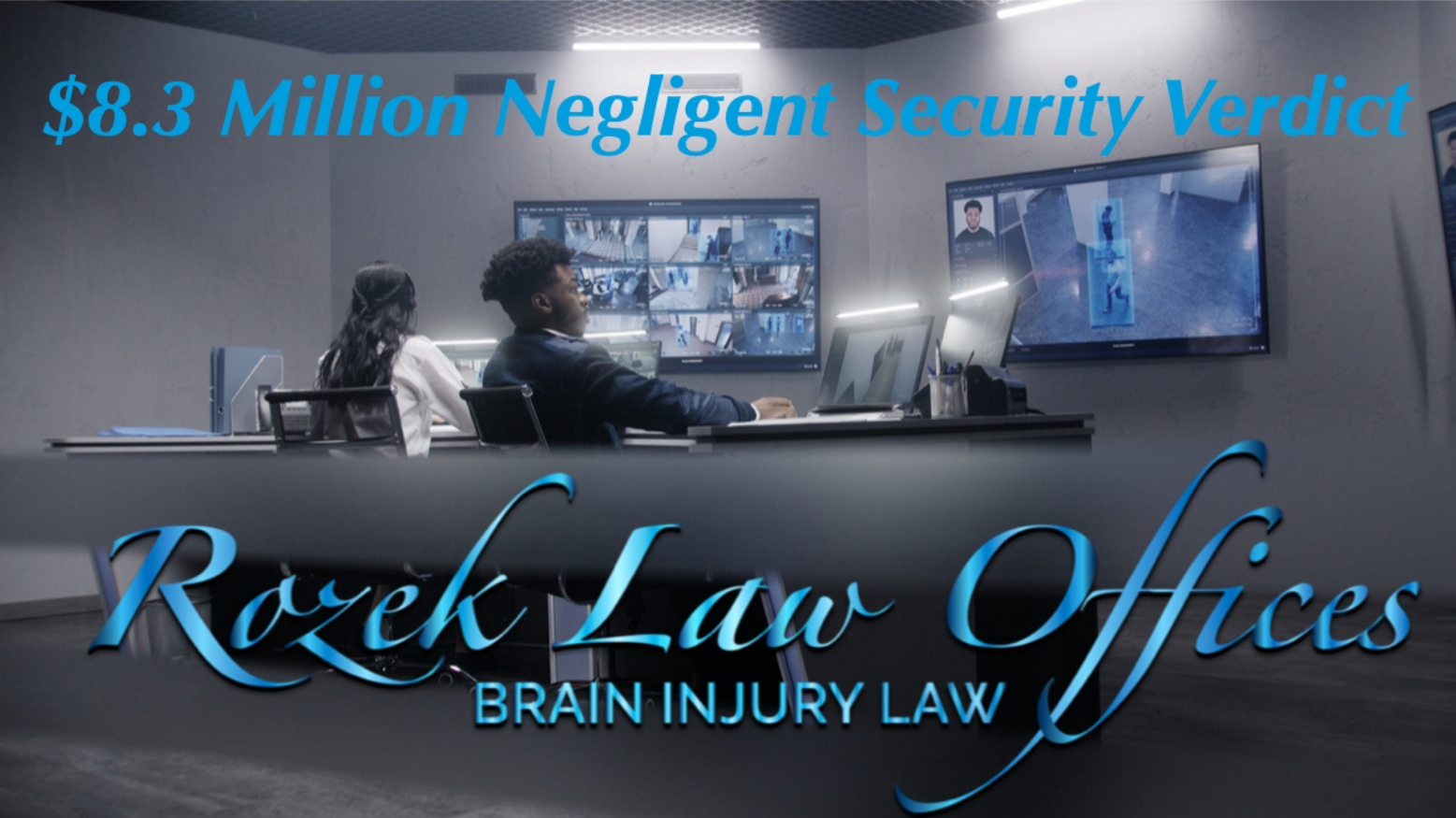Knee Injury Attorney Milwaukee, Wisconsin – The knee is an incredibly complex large joint where the upper and lower leg bones come together. The Knee contains bones, ligaments, tendons, muscles, cartilage and bursa.
The importance of the Knee to mobility and the complexity of the Knee make it very susceptible to injury. Each year Knee Injuries are responsible for more than 1 million emergency room visits and nearly 2 million general doctor visits. Knee Injuries can also be very challenging for physicians to diagnose and treat.
The majority of Knee Injuries result in some degree of permanent impairment and limitation in ability to function. Treatment for Knee Injuries ranges from pain medication to Knee Replacement Surgery.



